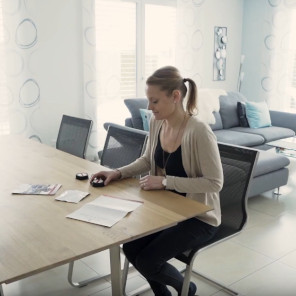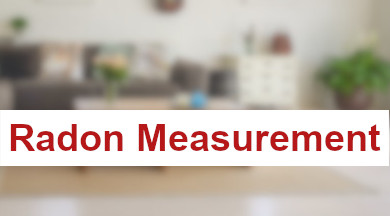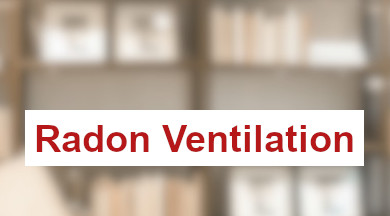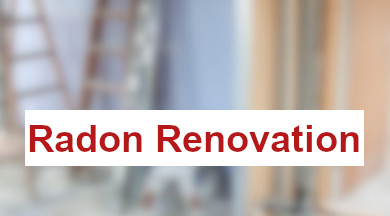Welcome to Radon Helpdesk
Sound basic knowledge about radon
The topic of radon, which has received little attention so far, has been steadily gaining more attention in the media for some months now and is creating an awareness of the health risks of excessive radon exposure. However, especially the practical implementation still raises many questions.
You've probably heard buzzwords like radon activity concentration, radon exposure and radon-safe remediation. But how best approach the topic of radon to quickly get a reliable assessment of radon exposure in your home? Which measures are effective and what costs do you have to expect?
We provide clarity and advice on all aspects of the radioactive noble gas radon.

What is Radon?
Radon-222 is a naturally occurring radioactive noble gas that enters buildings from the ground and accumulates indoors.
It is invisible, odorless and tasteless and can only be detected by measurement.

What are the health hazards of radon?
Radon is absorbed into the lungs through the air we breathe, where high-energy alpha decays damage lung tissue. Moderate to heavy exposure to radon over several years is directly related to an increased likelihood of developing lung cancer.

In which unit is Radon measured?
Radon is expressed in becquerels per cubic meter of air.
Abbreviated notation: Bq/m³
150 Bq/m³ corresponds to 150 radioactive decays of radon within one second in one cubic meter of air.
Effective protection against radon in your own four walls
In the first step, a radon measurement gives an indication of how high the radon exposure actually is in your apartment or house. Radon occurrences are distributed very differently throughout Germany and should be determined individually for each apartment and residential building.
It is not advisable to transfer the measured values of the neighbor to one's own house or apartment, since individual characteristics such as soil properties, year and method of construction, renovation measures as well as usage behavior have a significant influence on the radon exposure in a house.


Harmless radon levels
< 100 Bq/m³
The radon load is low. Your ventilation behavior already prevents high radon concentrations from accumulating in your rooms. Keep an eye on the radon levels to be able to react quickly in case of changes.
Elevated radon levels
101 - 300 Bq/m³
Radon levels are slightly elevated. Radon levels can be reduced to the range recommended by the WHO through mechanical or automated radon ventilation.
Highly elevated radon levels
> 300 Bq/m³
They are exposed to a strongly increased radon load. A building diagnosis to analyze the radon entry points and a customized remediation concept permanently reduce radon levels.




